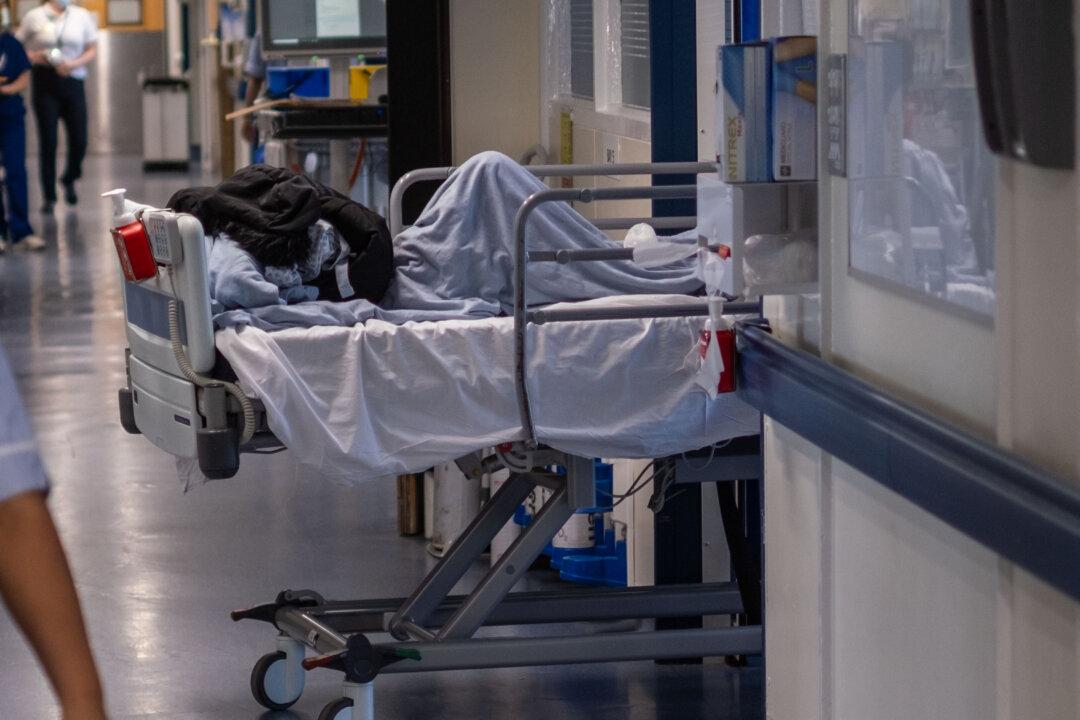Almost 49,000 patients in England waited more than 24 hours before being admitted to a ward in 2024, according to data obtained by the Liberal Democrats through freedom of information (FOI) requests.
The figures, collated from 54 NHS trusts, reveal that some patients waited as long as 10 days for a bed. Older patients were particularly affected, with those aged 65 and over accounting for 68 percent of the total number of “trolley wait” cases.
A “trolley wait” refers to the time a patient spends waiting for a bed in a ward after a clinical decision has been made to admit them to hospital.
‘Unacceptable’
According to those data requests, East Kent Hospitals Trust had the highest number of 24-hour-plus waits, recording 8,916 cases last year—a dramatic increase from just 30 in 2019, before the COVID-19 pandemic.The trust said that it had seen an increase in attendances across its three main hospitals “and we are sorry that patients are waiting longer than we would like in our emergency departments.”
Lib Dem health and social care spokeswoman Helen Morgan said: “The least patients deserve is the dignity to be treated in an appropriate area. Not the ramshackle waiting rooms and corridors that far too many have to suffer through for hours.
“That is why the Government must ensure that this is the last winter crisis anyone will experience and end corridor care by the end of this Parliament.”
‘Corridor Care’
Corridor care refers to emergency patients being treated in unsuitable spaces—such as hallways, waiting areas, offices, or even car parks—due to a lack of staff or available treatment rooms to provide proper, dignified care.In its January report on corridor care, the RCN said that medics were not only having to treat patients in inappropriate settings, but without the right medical equipment, such as oxygen or monitors.
Reforming the NHS
In response to the FOI data, a Department of Health and Social Care (DHSC) spokesperson said: “No patient should have to spend 24 hours in A&E waiting to be admitted to a ward. We are determined to end the annual winter crisis in urgent care and to cut waiting lists for emergency care, but it will take time.”The spokesperson said the department was working to reform the NHS as part of the government’s Plan for Change, “providing more care in the community, so fewer patients have to go to A&E, and those who do are treated faster and with dignity.”

Keeping 2 Million Patients off Waiting Lists
Darzi’s report detailed that despite record levels of funding, the health service was facing significant challenges, including cancer care in the UK falling behind other countries, waiting times for hospital procedures ballooning in 15 years, and waiting times at A&E causing thousands of extra deaths annually.The scheme sees GPs work closely with hospital specialists to get advice and speed up getting patients through the health care system.
The DHSC hopes it will keep 2 million people off of patient waiting lists by the end of next year.







